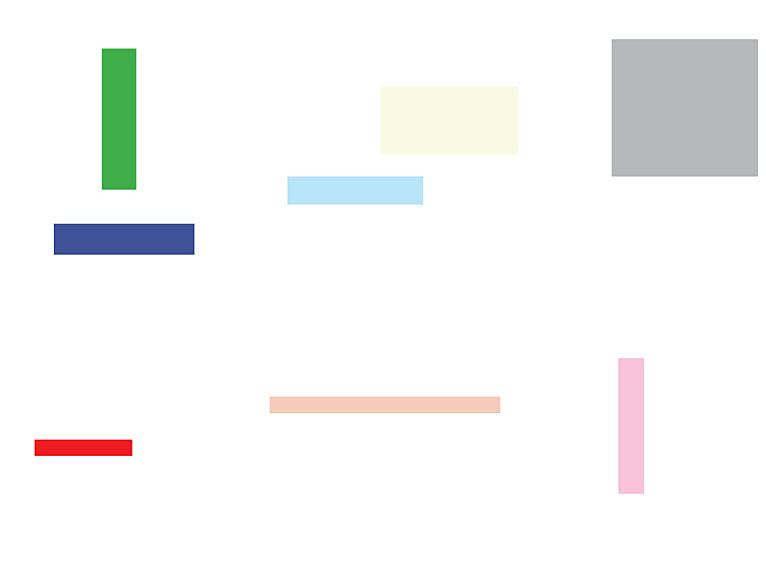
| ART |
| PAINTINGS |
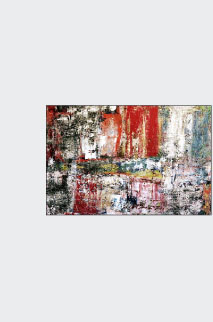
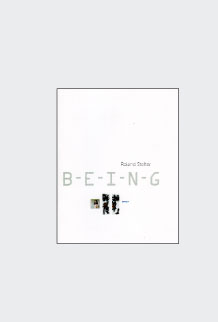
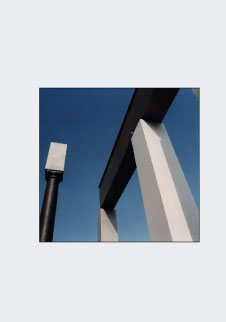
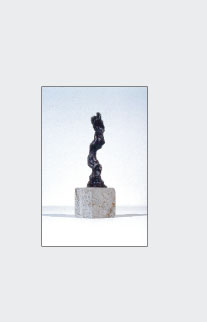
![]()
![]()
| In seinem Kunst-Katalog von 1996 schreibt Roland Stelter über den Künstler und die Kunst: Der Künstler ist ein Parasit, er ist ein Gott. In der jüdisch-christlich-islamischen Tradition ist der Gott der Kreator. Seitdem der Künstler als Künstler existiert, hat er konsumiert, was andere zum Leben geschaffen haben. Das Dasein des Künstlers bewegt sich im Widerspruch der Extreme. Ein harmonisches Leben auf der Suche zwischen diesen Extremen bleibt der Traum. Das Erfassen der Extreme bleibt die künstlerische Notwendigkeit. Alle künstlerische Arbeit findet ihre Erfüllung in der Harmonie der Extreme. Die Harmonie der Extreme ist das Geschenk des Künstlers an die Welt. Die Mühen und Abründe einer Suche nach den Extremen ist der Preis, den der Künstler zahlt, und den ein jeder zahlt, der den Künstler auf jenem unsichtbaren Weg in die Welt der Schönheit begleitet. Diese Welt ist ein Mythos der Ferne wie der Unmittelbarkeit zugleich. Eine Insel Cythera, ein Atlantis der Intuition, ein schwarzer oder ein orangener Raum im Gestern, im Morgen und im Jetzt zugleich. Welcher Künstler behauptet, diesen Ort erreicht zu haben, ist ein Scharlatan. Welcher Künstler behauptet, je an einem anderen Ort ein Kunstwerk geschaffen zu haben, ist ein Unwissender. Die Kunst ist ein Paradoxon. Der Künstler ist ein Wissender, und er muß ein Scharlatan sein. Es existiert kein Bild von ihm, keine Biographie, von der sich behaupten ließe, sie sei die Biographie eines Künstlers. Es existiert ein Mythos vom Künstler ähnlich wie der Mythos vom Priester oder vom modernen Verbrecher vielleicht. Der Künstler ist ein Outcast unter den anderen und ein Mensch. Man möge ihm die Arroganz, ein Künstler sein zu wollen, verzeihen, so lange er sich ihrer bewußt ist. Die Kunst ist eine Sprache, die keine Worte besitzt, und die nicht in Worte zu fassen ist. Die Kunst ist die Sprache des intuitiven Erkennens. Sie ist die Sprache des Ganzen, des Gefühls und des Gedankens zugleich. Sie ist unmittelbar, wie keine andere Sprache unmittelbar sein kann. Die Kunst besitzt viele Ikonographien. Ihre Form jedoch ist ihr Gehalt. Ihr Inhalt ist in der Form gefaßt. Darüber hinaus existiert nichts. Es sind die intuitiven Gedanken des Betrachters, der die jahrtausendealten Formen wie die Formen des letzten Augenblicks entschlüsseln läßt. Es ist das Handwerk des Künstlers, der aus seiner subjektiven Gedankenwelt die Traditionen von Jahrtausenden wie die Impressionen des Augenblicks zu einem künstlerischen Gehalt formen läßt. Es ist nicht die Madonna, die das Kunstwerk zu einem solchen macht. Es sind die Formen und Farben, die Komposition, die das Kunstwerk zu einem solchen macht. Es gibt keine abstrakte oder konkrete Kunst. Es gibt die Kunst in ihrer weiten Spanne an möglichen Ikonographien. Telekommunikation, Videoclips und Internet bilden sinnlich wahrnehmbar«bildhafte» Strukturen. In den scheinbar gegenstandslosen Formen eines modernen Gemäldes finden jene abstrakten Strukturen leicht einen ikonographischen Ausdruck ihrer Zeit. Selbst Farbharmonien besitzen neben ihrem möglichen Gehalt immer auch jenen ikonographischen Ausdruck. Es existiert kein künstlerischer Stil, kein Duktus, keine Form, wie sie heute sein muß. Es existiert nur eine Kunst, wie sie heute sein kann. Soll die Kunst als Kunst betrachtet werden und nicht als Ware verkauft werden, existiert nicht einmal die Notwendigkeit zur Geschlossenheit eines einzelnen künstlerischen Oeuvres. Jedes Kunstwerk ist ein Kunstwerk für sich. Alle Einordnung geschieht als Hilfe zur orientierenden Erinnerung. Alle Einordnung ist möglich auf Grund des subjektiven und historischen Charakters eines jeden einzigartigen Kunstwerks. Bedeutung jenseits der Trivialität eines Marktes erlangt das Kunstwerk nicht durch seine Zugehörigkeit zu einem Stil. Bedeutung erlangt ein Kunstwerk ausschließlich durch seine doppelte Kraft, einen anthropologisch ahistorischen Gehalt wie einen aus der Gegenwart geborenen Ausdruck der Epoche zu formulieren. Diese Formulierung kann der Künstler nur Kraft seiner subjektiven Art zu denken formulieren. Er kann sie nur formulieren als Individuum und als Subjekt seiner unmittelbaren Kultur. Ein jedes Kunstwerk ist insofern immer auch die verschlüsselte Form eines besonderen Lebens, wie alle Kunst, wie alles subjektive Leben gespeist ist aus dem Spannwerk von historischer Epoche und Individuum. Alle Kunst entsteht, alle Kunst wirkt dauerhaft allein in diesem Spannungsfeld. Das Kunstwerk – vielleicht ging seine Kraft verloren zwischen den Vektoren, vielleicht ist es noch nicht erkannt. Es möge mit Nachsicht bewertet werden. Auch der Betrachter der Kunst lebt in jenem Spannungsfeld allein.  |
In his art catalogue from 1996 Roland Stelter writes about the artist and about art: The artist is a parasite, he is a god. In the Judaic-Christian-Islamic tradition the god is the creator. Since the artist exists as an artist, he has consumed what others have produced for living. The existence of the artist oscillates in the contradiction of these extremes. A harmonic life in the search between these extremes remains the dream. To catch the extremes remains the artistic necessity. All artistic work finds its fulfillment in the harmony of the extremes. The harmony of the extremes is the present of the artist to the world. The efforts and depths of the search for the extremes is the price, the artist pays, and the price payed by anybody who follows the artist on this unvisible path into the world of beauty. This world is a myth of distance as it is at the same time a myth of immediacy. An island like Cythera, an Atlantis of intuition, a black and orange room in the sphere of yesterday, of tomorrow and in the sphere of the here and now. The artist who claims he had reached this place is a charlatan. The artist who claims, he had ever created a piece of art in another place is an ignoramus. Art is a paradox. The artist is an initiate, and he has to be a charlatan. There exists no portrait of him, no biography about him, from which one could say it was the biography of an artist. There is a myth of the artist like the myth of the priest or may be of the modern criminal. The artist is an outcast among others and a human. One ought to forgive him his arrogance to want to be an artist as long as he is conscious of this phenomenon. Art is a language. It is a language that doesn’t consist of words and which can not be grasped with words. Art is the language of intuitive cognition. It is the language of the whole – of emotion and thinking at the same time. It is as immediate as no other language can be. Art consists of many iconographies. Its form is its meaning. Its content expresses in form. Above that there is nothing. The intuitive thoughts of the recipient make it possible to decode the thousand year old forms as forms of present moments. It is the craftsmanship of the artist that shapes the traditions of millennia out of the artist’s subjective universe to an expression of art like an impression of the moment. It is not the picture of the«Madonna» which makes the picture a piece of art. It is the shapes and colors, the composition, which creates the piece of art. There is no abstract or figurative art. There is art in its wide range of possible iconographies. Telecommunication, videoclips and internet are pictured in the mind as perceivable structures. In the supposedly abstract shapes of a modern painting these abstract structures easily find an iconographic expression of the epoch. Even harmonies of colors consist of this iconographic expression of the epoch besides other possible content. There is no artistic style, no ductus, no form as it has to be today. There is only art as it can be today. If the art is only to be looked at as art and not also as a commodity, there is no need for a unity of the specific oeuvre. Every piece of art is a piece of art in its own right. Any classification is carried out as a kind of aide-memoire, namely as a means of orientation. All classification is possible because of the subjective and historical character of any single piece of art. Beyond the triviality of the market-place a piece of art doesn’t gain meaning out of its belonging to a style. A piece of art gains particular meaning by its twin-power to formulate an anthropological non-historical content as an expression of the epoch which is born out of the present. This formulation the artist is able to accomplish only because of its subjective way of thinking. He can formulate it only as an individual and a subject of his immediate culture. Any piece of art insofar is always also the codified form of a specific life, just as much as all art, and indeed any subjective life is fed by the dualistic power structure of the historical epoch and the individual. All art derives from this tense structure, all art in the long run has an effect within this. The piece of art – perhaps it lost its power in the framework of these vectors, perhaps it was not yet discovered. It should be viewed with mercy. The very observer of the piece of art lives in the same tense power structure.  |